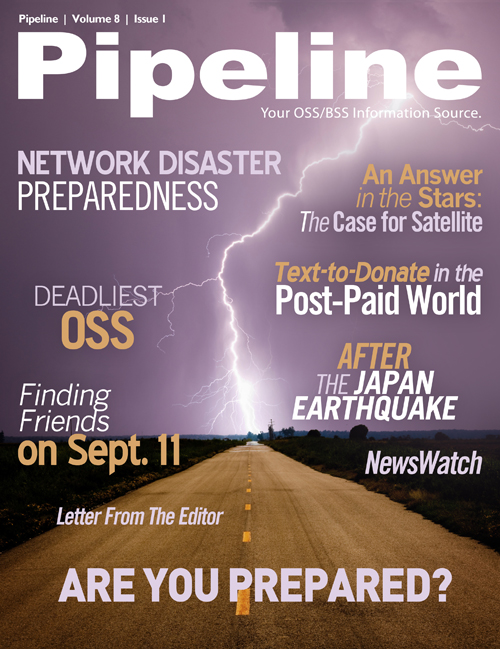The mobile networks weren't the only ones impacted. The quakes damaged undersea cables operated by China Unicom (Hong Kong) and Chunghwa Telecom as well, resulting in outages. However, vital traffic was rerouted and redundancy mitigated the worse of this disaster.
Other forms of preparation also saved lives. Seconds before the quake hit Tokyo, an automated quake alert system, implemented and managed by a state agency rather than a telecom operator, kicked in. Flashing alerts were displayed on televisions and wireless phones were called to alert of an incoming quake. The alert system wasn't perfect as many wireless subscribers didn't get the message until after the quake had passed. However, its existence demonstrates an initiative that could lessen a quake’s impact in a way that only an instantaneous warning system could.
Many successful alerts provided thirty seconds of advance warning, enough to save the lives of those who could take appropriate safety measures in time. Additionally, aid from equipment providers like Huawei and organizations like the ITU helped speed recovery efforts by supplementing the extant networks with satellite phones and other equipment that could bypass the network altogether. The Japanese communications system was resilient, well managed, and received help from external sources in a time of crisis. That's the hero's story.


Breaking Under Strain
Excessive strain, due to frantic call volume, placed on those network assets that continued to operate contributed more to post-disaster network outages than did disabled assets. The need to restrict those operating assets to emergency traffic only further contributed to the problem. This is a planning story.
A blog entry from VPI Systems on this topic entitled "Disaster Planning is Still a Bit Shaky" was written in the aftermath of a 5.4 earthquake in Southern California. Therein, the author points out that it was not equipment damage that led to a disruption of service, but too many people trying to make calls. Sprint saw an 800 percent increase in calls, and Verizon saw a 400 percent uptick.
Adding actual equipment damage to the mix exacerbates the outage problem exponentially. But the realization that human behavior and network planning can create major problems with far less help from Mother Nature underscores the need for effective planning solutions and practices.
All three of the top wireless providers in Japan (KDDI, DOCOMO, and SoftBank) contacted for this story declined to go on record, which is understandable with a sensitive issue like disaster recovery or internal management software. Therefore, it is difficult to determine exactly what the providers were or were not doing before the quake to prepare, or after the quake to rebuild. However, it is reasonable to assume that providers around the world can take some poignant lessons from the experiences of AsiaPac communications service providers, whether landline, wireless, or undersea.
Redundancy is worth the investment. Prioritization of traffic is necessary. Speed is paramount. Network planning is essential.
Quite frankly, many other communications infrastructures in many other countries would most likely have fared far worse than Japan did. Furthermore, there may be room for all involved to get better. In an ideal world, we'd never know. However, providers need not face a trial by fire (or wind, or ice, or earth) to discover whether they are prepared to face any obstacle.








